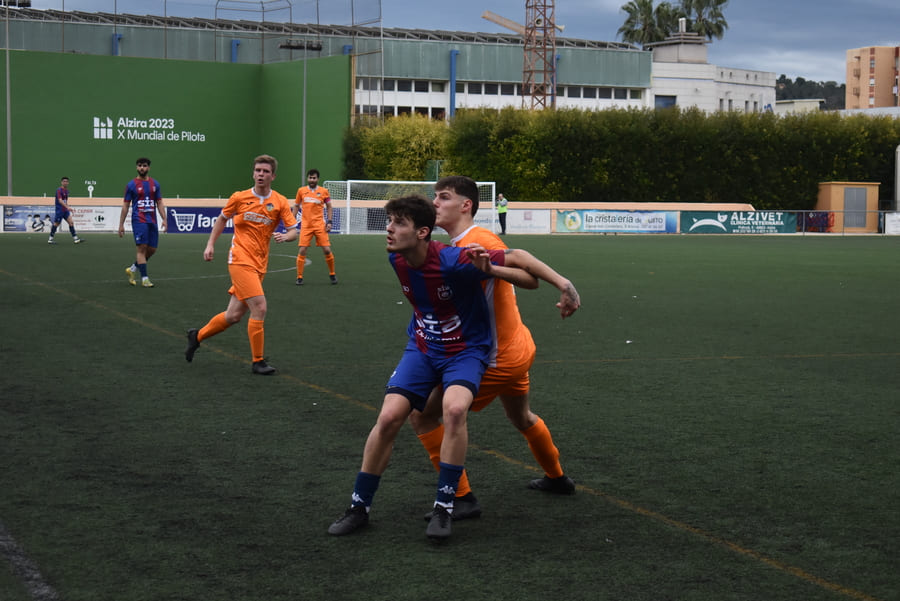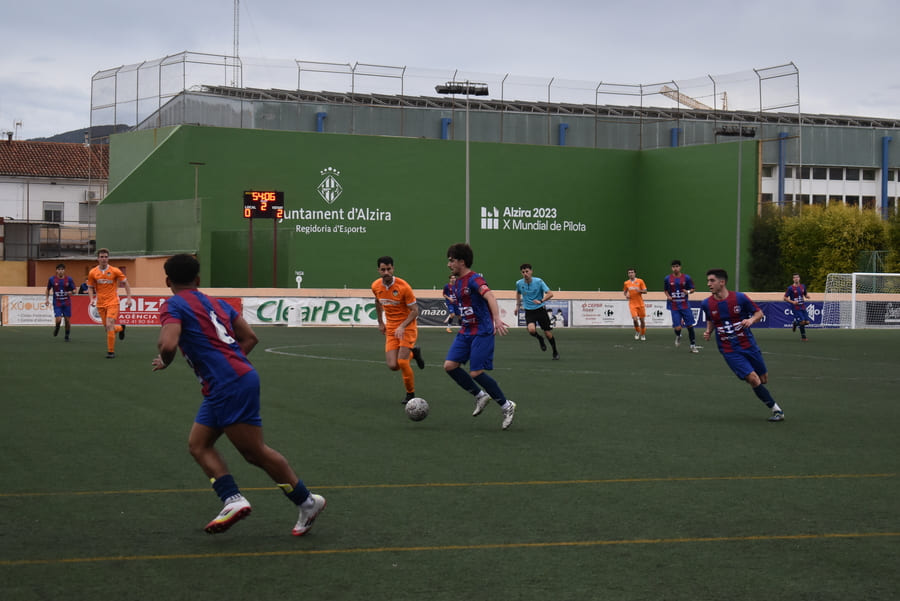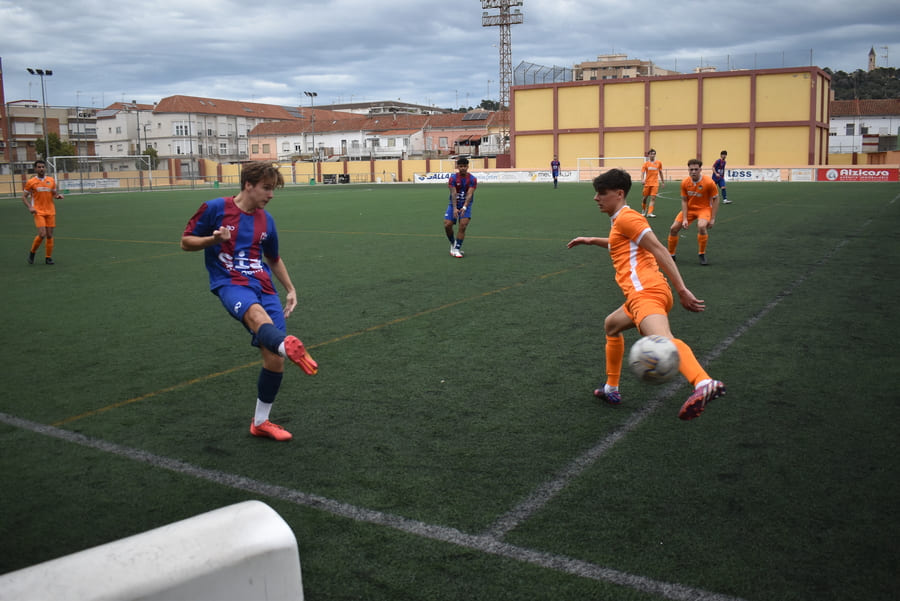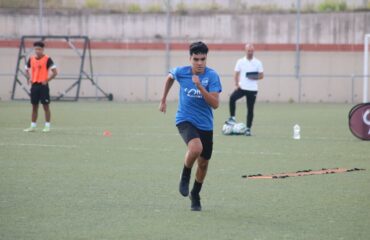Offside is one of the most well-known and, at the same time, most complex rules in football. It is often perceived as a simple infringement that cuts plays short, but in reality, when properly understood and worked on, it can become a powerful tactical tool both for defending and attacking. The smartest teams manage to take advantage of this rule, turning what could be an obstacle into a strategic advantage. In high-performance centers like SIA Academy, this aspect is worked on meticulously so that players learn to master it.
Table of contents
What offside is
To understand how to use it, it is important to recall what it means. A player is in an offside position when receiving the ball closer to the opponent’s goal than the second-to-last defender at the moment of the pass, unless they are in their own half or receive directly from a set piece. This definition, seemingly simple, opens up countless nuances that influence collective tactics.
At SIA Academy, players are taught to understand not just the rule, but also the context, working on spatial awareness and decision-making in real match situations.

Offside as a defensive tool
One of the most common uses of offside is in defense. By keeping the defensive line high and well-synchronized, teams can force the opponent into an illegal position. This reduces spaces and obliges the opponent to play in less dangerous areas.
The key lies in coordination. If even one defender stays behind, the line is broken, and the tactic loses effectiveness. Therefore, working on communication between center-backs and full-backs is essential to apply this strategy successfully. In SIA Academy’s training sessions, specific drills are used so that defensive lines learn to move as one.
Controlling space and tempo
Offside allows teams to control the height of the defensive block. Pushing the line higher not only aims to trap the attacker offside but also to shrink the field and make pressing after losing the ball easier. The less space the rival has to maneuver, the easier it is to win the ball back.
Moreover, mastering this tactic influences the tempo of the match. A team that manages the offside trap well succeeds in disrupting the opponent’s offensive flow. At academies like SIA Academy, players are taught to understand how this rule can change the dynamics of a game.
How to use it in attack
Although mainly associated with defense, offside can also be exploited in attack. The smartest forwards know how to play on the edge of the rule, staying close to the defensive line to burst forward at the exact moment.
This movement, known as playing on the edge of offside, is lethal when executed precisely. It requires concentration, reaction speed, and excellent synchronization with the passer. In this aspect, SIA Academy trains both strikers and midfielders to achieve that automatic connection.
The importance of patience and deception
In attack, offside is not only countered with speed but also with cunning. Forwards can feint movements toward goal to force defenders to drop back and then step back themselves to receive the ball legally. This dynamic of runs in behind and support runs confuses the rival and creates gaps that teammates can exploit.
The role of midfield
Offside cannot be understood without the active participation of the midfield. Midfielders and playmakers are the ones who measure the timing of the pass and must decide whether to activate the forward or switch play.
In the training programs at SIA Academy, emphasis is placed on midfielders learning to interpret attackers’ movements and choose the best option, thus raising the team’s collective tactical intelligence.
Specific training for offside
To master offside, it must be trained deliberately. Some useful exercises include:
- Coordinated defensive lines, where players practice moving up and down as a block.
- Through-ball drills, working on synchronization between passer and receiver.
- Match simulations, emphasizing quick transitions and runs on the edge of the rule.
At SIA Academy, these dynamics are integrated into both tactical and cognitive sessions, ensuring that players internalize reading the play and act naturally.

The psychological factor
Offside also has a psychological component. When a team repeatedly traps its opponent offside, it generates frustration and anxiety in attackers. That mental discomfort can lead to mistakes, loss of confidence, or rushed plays.
Likewise, a forward who masters the art of moving on the edge of the rule instills constant fear in the rival defense, forcing center-backs to stay on high alert. This mental aspect is also worked on at SIA Academy, where players are prepared to remain calm in high-pressure scenarios.
Technology and precision
The introduction of VAR and semi-automatic offside has reduced the margin of error in this rule. Nowadays, players must be even more precise in their movements, as every millimeter can decide the validity of a play. This forces teams and footballers to perfect their tactical discipline and reaction capacity.
From obstacle to opportunity
Far from being just a rule that stops attacks, offside is a strategic weapon that defines how a team plays both in defense and in attack. Knowing how to take advantage of it allows teams to dominate spaces, control the tempo of the match, and generate high-quality goal-scoring chances.
At top-level academies like SIA Academy, this concept is worked on with a comprehensive approach, combining tactics, psychology, and technology so that players can turn this rule into a real advantage. In modern football, mastering offside not only prevents mistakes but also transforms a restrictive rule into an indispensable ally for success.






